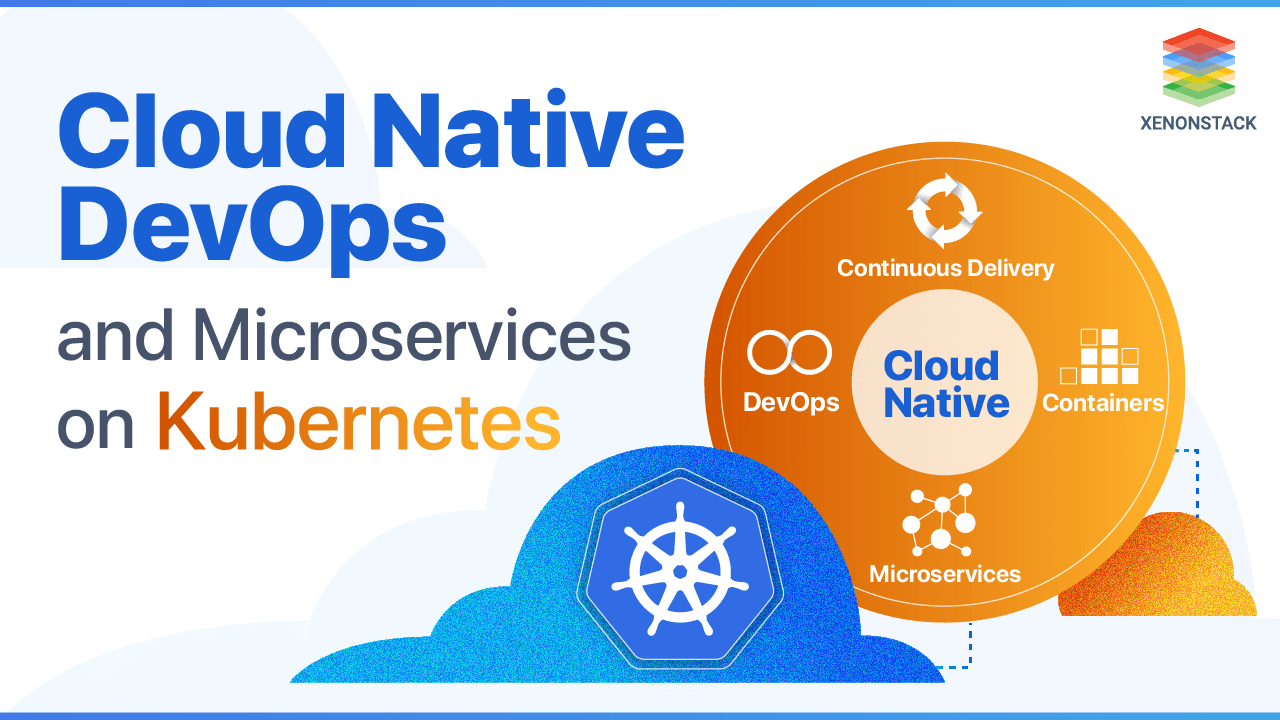What is Cloud Native Development?
Cloud Native Development is a software development approach that leverages cloud computing technologies to build highly scalable, resilient, and flexible applications. Instead of relying on traditional on-premises infrastructure, Cloud Native Development harnesses the power of the cloud to enable rapid development, deployment, and scaling of applications.
Cloud Cumputing: The Foundation
Cloud computing is the foundation of Cloud Native Development. It's like having a virtual data center at your fingertips. With cloud computing, we can access a variety of computing resources, such as virtual machines, storage, and databases, over the internet. This allows us to scale our applications on-demand and pay only for what we use.
Virtualization: Containerized Development
One of the key technologies that enable Cloud Native Development is virtualization. Virtualization allows us to create isolated environments, called containers, for our applications. Containers package all the dependencies and libraries required to run an application, making it easy to build, deploy, and manage our software across different environments consistently.
Microservices: Independently Deployable
In Cloud Native Development, we often break down our applications into smaller, independent components called microservices. Each microservice focuses on a specific business capability and can be developed, deployed, and scaled independently. This modular approach allows for faster development cycles and easier management of complex systems.
Source Code Management: Git and GitHub
Source code management is a crucial aspect of Cloud Native Development. It forms the backbone of collaborative software development, and tools like Git and platforms like GitHub play a vital role in this ecosystem. Git, a distributed version control system, empowers us to track changes to our codebase effectively. With Git, we can create branches for new features or bug fixes, allowing us to work on separate tasks without disrupting the main codebase. This branch and landscape approach promotes parallel development and prevents conflicts. Moreover, Git enables seamless collaboration among developers by facilitating efficient merging of code changes through pull requests. GitHub, a popular web-based hosting service for Git repositories, provides a centralized platform to store and manage our code. It simplifies the sharing and reviewing of code, making it easier for teams to contribute to projects and maintain version control. With Git and GitHub, Cloud Native Development teams can streamline their workflows, foster collaboration, and ensure the integrity of their codebase.
Continus Integration
Continuous Integration (CI) is a development practice that involves integrating code changes into a shared repository frequently. With CI, we automate the process of building, testing, and deploying our applications. We set up a CI pipeline that runs tests and checks code quality automatically whenever changes are pushed to the repository. This ensures that issues are caught early, and the codebase remains in a working state.
Continuous Delivery
Continuous Delivery takes Continuous Integration a step further. It focuses on automating the entire software delivery process, from code changes to deployment to production. With Continuous Delivery, we aim to have a production-ready version of our software at all times. This allows us to release new features and improvements quickly and reliably.
